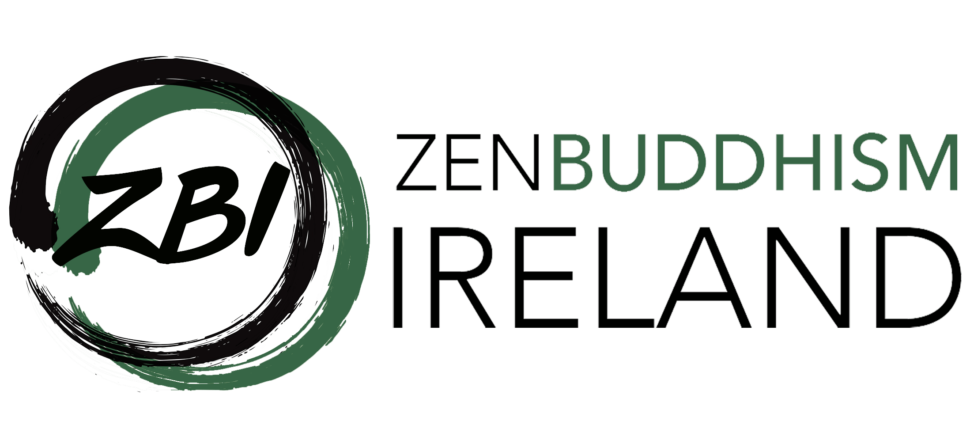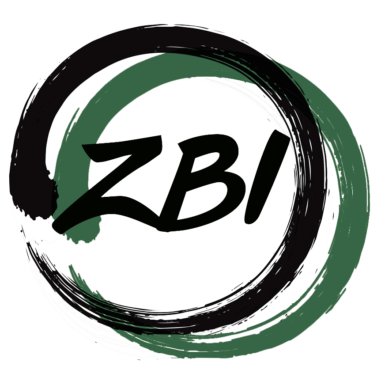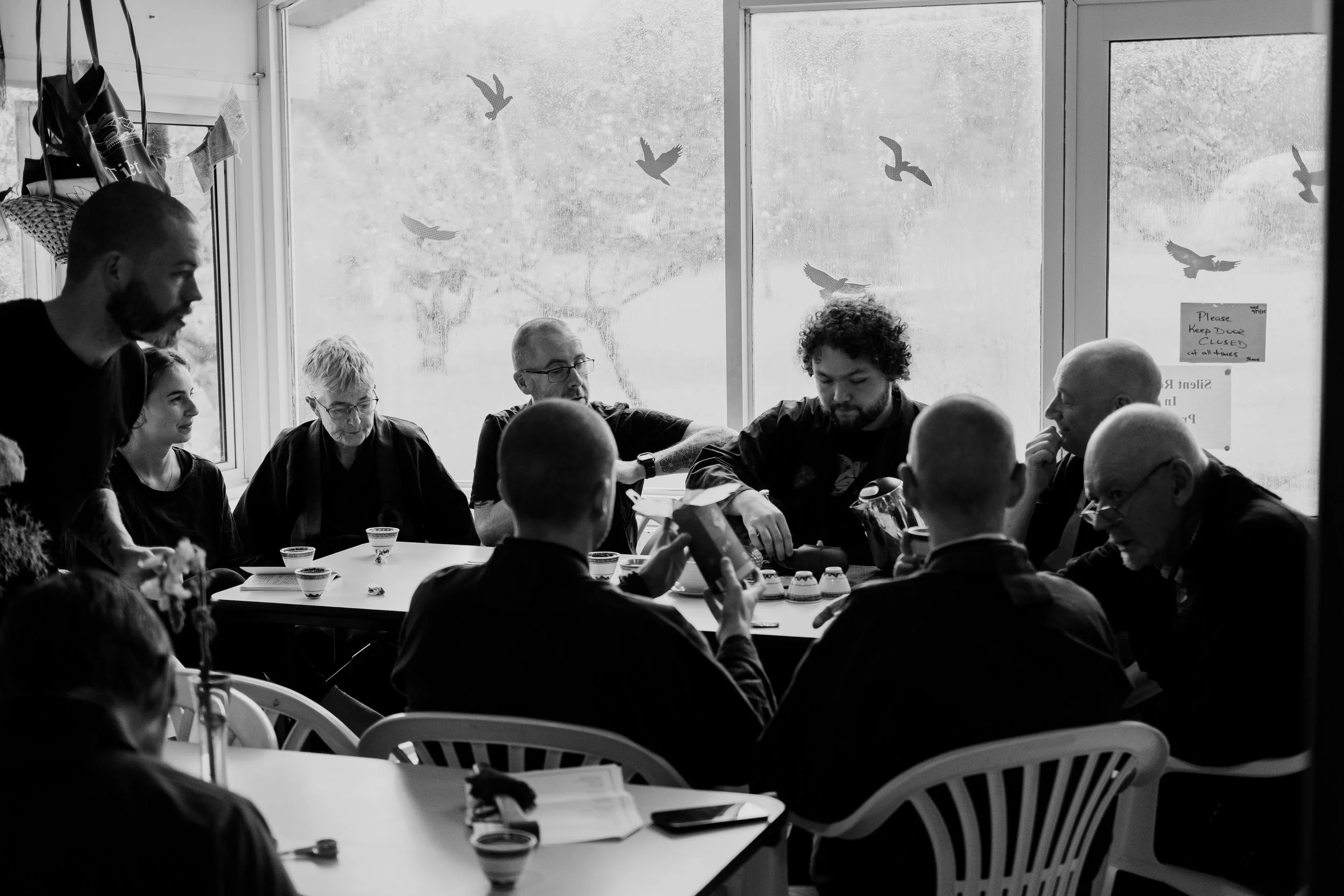About Us
Zen Buddhism Ireland is an Irish-based Buddhist sangha in the Soto Zen tradition. We belong to the lineage of Nishijima Roshi.
Zen Buddhism Ireland practices Soto Zen Buddhism with an emphasis on Shikantaza, ‘just sitting’ meditation. However, we also honour the traditional ritual forms of Zen practice, especially with a devotion to sewing the Okesa, the Buddha’s robe, the robe of Zazen. The guiding teacher is Myozan Kodo, a Dharma heir of Taigu Turlur and a member of the Soto Zen Buddhist Association of recognised Western Zen teachers.
Brief Historical Overview
The history of Zen Buddhism presents itself as a family saga. Each priest of the Sōtō school today belongs to an uninterrupted line which traces itself either to Gasan Jōseki Zenji (1276–1366) or to Meihō Sotetsu Zenji (1277–1350), two disciples of Keizan Zenji, all other Japanese lines having since become extinct.
One is integrated into a lineage at the time of the Transmission of the Dharma ceremony, by which the Master makes the Disciple his successor.
Presented here is the chain of teachers that connects Eihei Dōgen Zenji to Gudō Nishijima Rōshi, and up to Rev. Taigu Turlur, the teacher of Zen Buddhism Ireland’s guiding teacher, Rev. Myōzan Kōdō. Its links are said to reach back through China and India to the historical Buddha, Śhākyamuni.
Since the mid-15th century, the line has been closely associated with the temple Tōkei’in, near the Japanese town of Shizuoka. It is a long and continuing history — one not limited to any place or nation, nor merely a timeline flowing from past to present.
In Dōgen’s teachings, past is present is future, and the future flows into the past, as the past becomes the future. In this way, each teacher stands for all others — and all are with us now.
References
For a history of the development of Zen in Japan, see:
William Bodiford, Sōtō Zen in Medieval Japan, Honolulu: University of Hawaii Press, 1993.
Heinrich Dumoulin, Zen Buddhism: A History, Volume 2 – Japan, New York: Macmillan Publishing Company, 1990.
(The following is a translation of the original French version by Eric Rommeluère, Dharma Heir of Nishijima Rōshi and founder of the “Un Zen Occidental” Sangha in Paris. Used by kind permission.)
Japanese & Western Lineage
Eihei Dōgen (1200–1253)
Founder of Japanese Sōtō Zen. Born into the highest aristocracy, Dōgen became a novice at Mount Hiei (Tendai school), later studying Zen under Ryōnen Myōzen (1184–1225) at Kenninji.
He traveled to China in 1224, where he studied under Rujing (Nyojō, 1163–1228) and received transmission.
Returning to Japan, Dōgen founded Kōshōji, the first Zen monastery in Japan, then established Eiheiji in 1243 — still one of the two head temples of Sōtō Zen.
He authored numerous central works, including the Shōbōgenzō (“Dharma Treasury of the True Eye”). Dōgen died in 1253.
Koun Ejō (1198–1280)
A member of the Fujiwara clan, Ejō was first associated with the Daruma-shū school before joining Dōgen at Kōshōji in 1234.
He served as chief monk, helped compile the Shōbōgenzō, and succeeded Dōgen as the second abbot of Eiheiji.
His works include Kōmyōzō Zanmai (Samādhi of the Treasury of the Radiant Light, 1278*) and Shōbōgenzō Zuimonki (Record of Things Heard).
Tettsū Gikai (1219–1309)
From a branch of the Fujiwara clan, Gikai was first a disciple of Ekan of the Daruma-shū school. After joining Dōgen, he became Eiheiji’s cook (tenzo) and later received transmission from Ejō (1255).
He became Eiheiji’s third abbot but was forced to resign following disputes. Later, he founded Daijōji, a new Zen monastery, in 1293.
Keizan Jōkin (1264–1325)
Tonsured by Gikai in 1271, Keizan later became one of the great systematizers of Sōtō Zen.
He received Dōgen’s robe in 1295 and established Yōkōji and later Sōjiji, which became one of the two head temples of the Sōtō school.
Key writings include Zazen Yōjinki, Sankon Zazen Setsu, and the Denkōroku (Transmission of the Light).
Gasan Jōseki (1276–1366)
A major disciple of Keizan, Gasan became the second abbot of Sōjiji.
He introduced study of the Five Degrees (Chinese: Wu Wei) of Dongshan Liangjie, founder of the Sōtō school in China.
His twenty-five successors ensured the survival of the school, particularly through his emphasis on dialectical understanding.
A famous exchange between Keizan and Gasan describes the “two moons” — a metaphor for the realization of unity and duality within awakening.
Taigen Sōshin (d. 1371)
Received transmission from Gasan in 1349 and became the third abbot of Sōjiji. Later, he founded Butsudaji in Kaga.
Baisan Mompon (d. 1417)
A pivotal figure in late 14th-century Sōtō Zen. Founder of Ryūtakuji and Kongōji, and eleventh abbot of Sōjiji.
He established the system of rotating abbacy still used today.
Known for his strict devotion to meditation — monks at Ryūtakuji were enjoined to meditate “twenty-four hours out of twenty-four.”
Jochū Tengin (1365–1437)
A disciple of Baisan Mompon, he founded Daitō’in in 1411 near Shizuoka.
Legend tells that the mountain’s kami received Zen precepts from him, creating a sacred spring that flows to this day.
Of the 17,549 temples of the Sōtō school, more than 3,200 trace their line to Tengin.
Sekisō Enchū (d. 1455) and Taigan Sōbai (d. 1502)
Successive abbots of Tōkei’in, the temple founded on Tengin’s legacy.
Tōkei’in became a central monastery of the lineage, with abbacy rotating among three successor lines.
The Shinju’in and Hōzōji Lineages
From Kensō Jōshun (d. 1507) to Kanshū Taisatsu (active 1592), the lineage expanded through Shinju’in and Hōzōji, extending Zen practice into Suruga and Nagano prefectures.
These abbots maintained the living continuity of Dōgen’s teaching through the Edo period.
Successive Abbots of Hōzōji
Tensō Juntetsu through Shōgaku Rinzui, each abbot preserving the monastic tradition through centuries of cultural change.
Butsuzan Zuimyō (Masuda)
Seventeenth abbot of Hōzōji and fourth superior of Tōkei’in under the post-Meiji reclassification.
Bukkan Myōkoku (Niwa, 1862–1904)
Third abbot of Tōkei’in. Rebuilt and revitalized the temple after the Meiji Buddhist persecutions, planting over 600 plum trees.
Served for twelve years as attendant to Goyu Morita, 64th abbot of Eiheiji.
Butsuan Emyō (Niwa, 1880–1955)
Fifth abbot of Tōkei’in and Executive Director of Eiheiji.
A major influence in developing Baikaryū (plum-blossom style) hymn singing in the Sōtō sect.
Zuigaku Rempō (Niwa, 1905–1993)
Succeeded Emyō Niwa and became the 77th abbot of Eiheiji (1985).
Received the imperial title Jikō Enkai Zenji (“Great Zen Master of Compassion, Ocean of Plenitude”).
Renowned calligrapher under the pen names Robai (“Old Plum Tree”) and Baian (“Plum Tree Hermitage”).
Gudō Wafu Nishijima (1919–2014)
Received ordination (1973) and transmission (1977) from Rempō Niwa Zenji.
Teacher, translator, and author of over thirty works in Japanese and English.
Taught: “Life is just the fact in this moment; death is just the fact in this moment.”
Mike Chōdō Cross (b. 1959)
English Sōtō Zen teacher, translator of Dōgen’s Shōbōgenzō (with Nishijima Roshi).
Leads groups in England and France and directs the Middle Way Re-education Centre in Aylesbury, UK.
Taigu Turlur (b. 1964)
French-born Zen teacher and poet.
Received ordination in 1983 and Dharma transmission (2003) from Mike Chōdō Cross.
Founder of the Blue Mountains White Clouds Hermitage near Osaka.
Known for sewing Buddhist robes (kesa) in the Nyohoe style and devotion to Kannon and Jizō.
Rev. Myōzan Kōdō is his Dharma heir.
Full Lineage
INDIAN PATRIARCHS
Shakyamuni Buddha
Mahakasyapa
Ananda
Shanavasin
Upagupta
Dhitika
Mishaka
Vasumitra
Buddhanandi
Buddhamitra
Parshva
Punyayasha
Anabodhi
Kapimala
Nagarjuna
Kanadeva
Rahulabhadra
Samghanandi
Samghayathata
Kumaralata
Shayata
Vasubandhu
Manorata
Haklenayasha
Simhabodhi
Bashashita
Sunyamitra
Prajnadhara
Bodhidharma
CHINESE PATRIARCHS
Bodhidharma (470-532)
Eka (Hui-K’o) (487-593)
Sosan (Seng-Ts’an) (? -606)
Doshin (Hsin-Tao) (580-651)
Gunin (Konin) (Hung-Jen) (601-674)
Eno (Hui-neng) (638-713)
Seigen Gyoshi (Ch’ing-Yûan Hsing-Ssu) (660-740)
Sekito Kisen (Shih-T’ou Hsi-Ch’ien) (700-790)
Yakusan Igen (Yûeh-Shan Wei-Yen) (745-828)
Ungan Donjo (Yûn-Yen T’an-Sheng) (780-841)
Tozan Ryokai (Tung-Shan Liang-Chieh) (807-869)
Ungo Doyo (Yûn-Chû Tao-Ying) (? -909)
Doan Dohi
Doan Kanshi
Ryozan Enkan (Liang-Shan Yûan-Kuan)
Taiyo Kyogen (943-1027)
Toshi Gisei (1032-1083)
Fuyo Dokai (Fu-Ying Tao-Kai) (1043-1118)
Tanka Shinjun (Tan-Hsia Tzu-Ch’un) (? – 1119)
Shingetsu Shoryo (Chen-Hsieh Ch’ing-Liao)
Tendo Sokaku
Setcho Chikan (1105-1192)
Tendo Nyojo (T’ien-T’ung Ju-Ching) (1163-1228)
Dogen Kigen (1200-1253)
JAPANESE PATRIARCHS (& WESTERN)
Eihei Dôgen (1200-1253)
Koun Ejô (1198-1280)
Tettsû Gikai (1219-1309)
Keizan Jôkin (1264-1325)
Gasan Jôseki (1275-1365)
Taigen Soshin (d. 1371)
Baisan Mompon (d. 1417)
Jochû Tengin (1365-1437)
Sekisô Enchû (d. 1455)
Taigan Sôbai (d. 1502)
Kensô Jôshun (d.1507)
Jisan Yôkun
Daichû Reijô
Nan’ô Ryôkun
Daijû Ryûzon
Hôgan Zensatsu
Ryôzan Chôzen
Kisshû Genshô
Kigai Mon’ô
Kanshû Taisatsu
Tensô Juntetsu
Kenkoku Keisatsu
Raiten Gensatsu
Kengan Zesatsu
Hôkoku Satsuyû
Rotei Shoshuku
Fuhô Tatsuden
Kachû Jakuchû
Bunzan Kôrin
Daichû Bunki [Daichû Getsuzan]
Chôko Bungei
Roshû Ezen
Reisai Emon
Tokuzui Tenrin
Shogaku Rinzui
Butsuzan Zuimyô (Machita)
Bukkan Myôkoku (Niwa)
Butsuan Emyô (Niwa)
Zuigaku Rempô (Niwa, 1905-1993)
Gudô Wafu (Nishijma, 1919-2014)
Chodo Cross (b. 1959-)
Taigu Turlur (b. 1964-)
Myozan Kodo (b 1969-)


